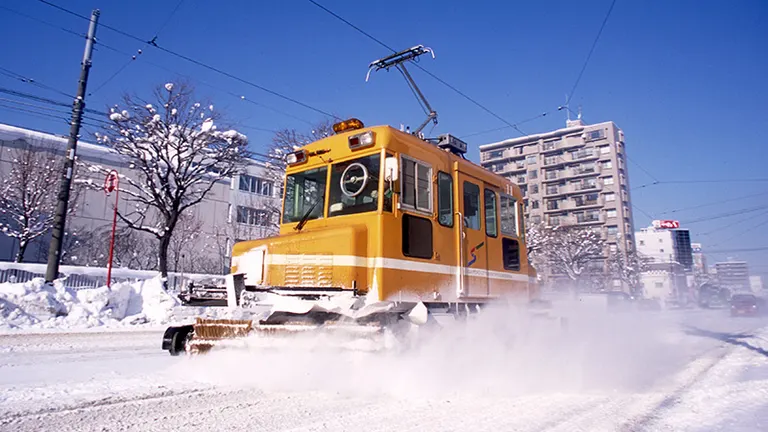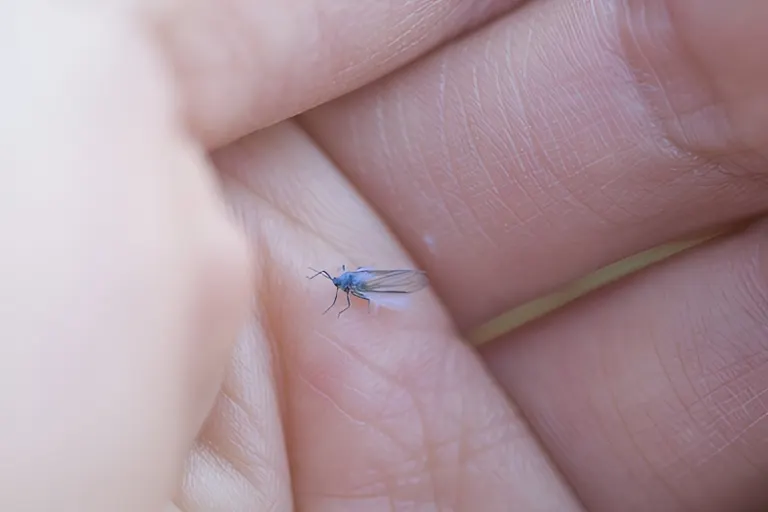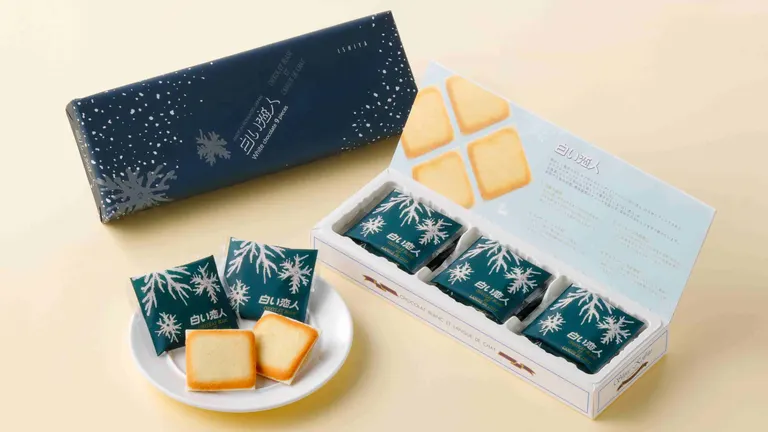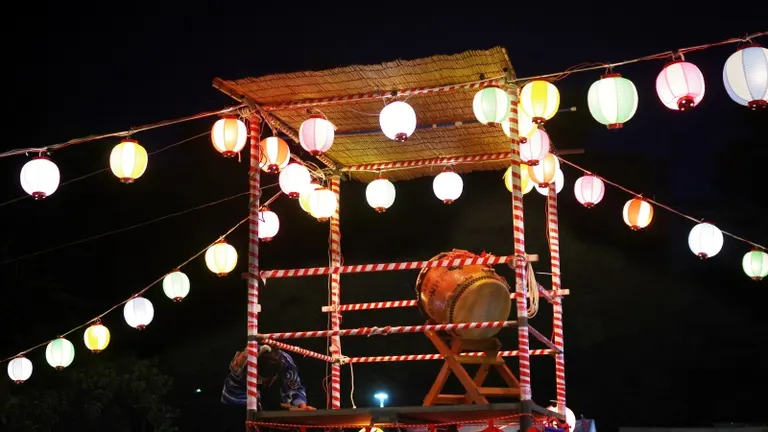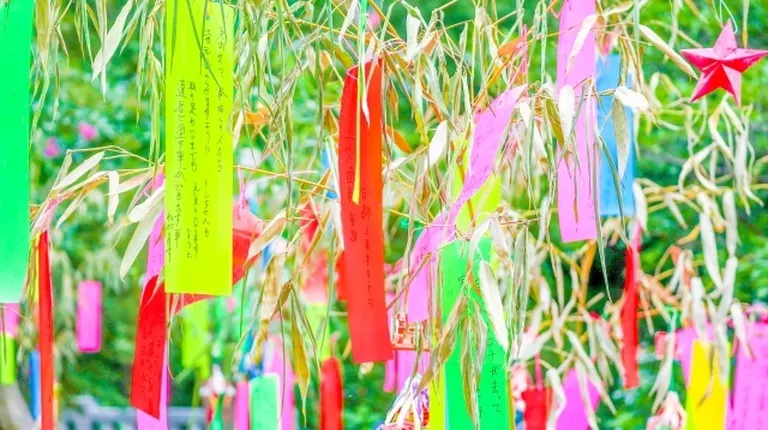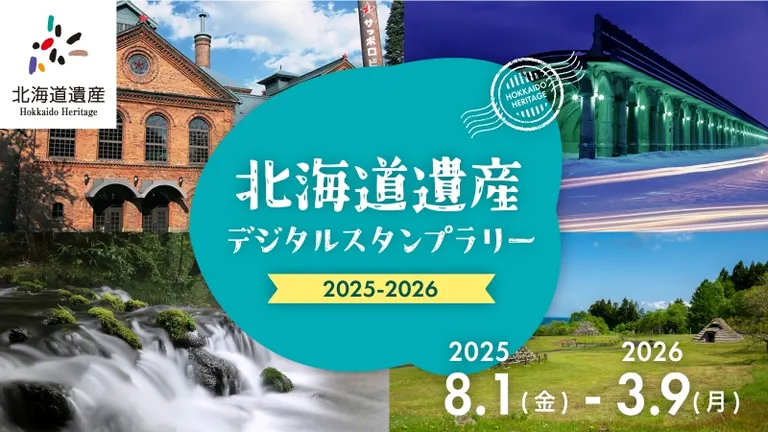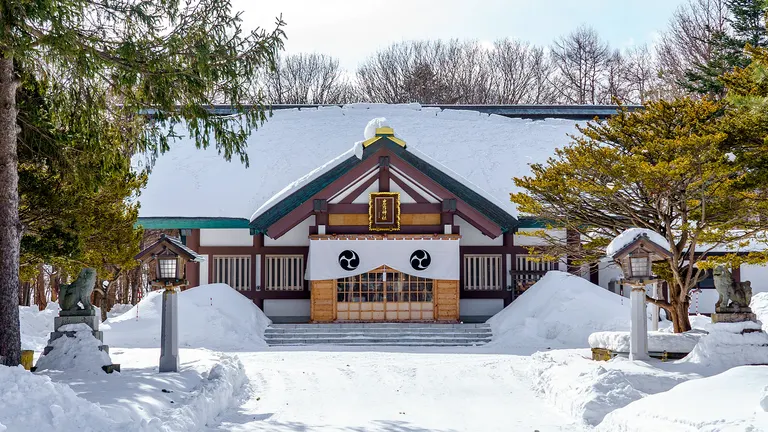
ARTICLES
Fishing at a shrine! Cute Ezo fortune-telling slips at the long approach and historic Iwanai Shrine
Iwanai Shrine has been loved by locals in Iwanai Town since ancient times. In addition to its history, there are many other things to see, such as the seasonal scenery of the long approach to the shrine and the monthly design of the goshuin. There is also a fun Ezo fortune telling lottery! Those who visit Iwanai Shrine will be surprised at the long, endless approach to the shrine, which goes up and down hills and passes through several torii gates.
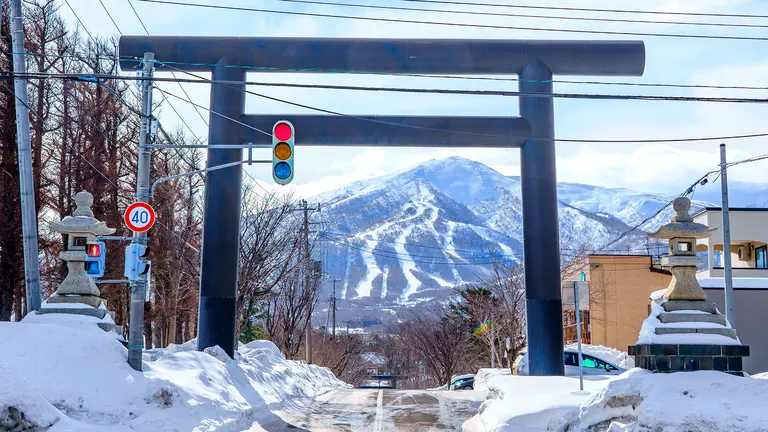
When you finally arrive and look back, you'll be amazed once again at how long the path to the shrine is.
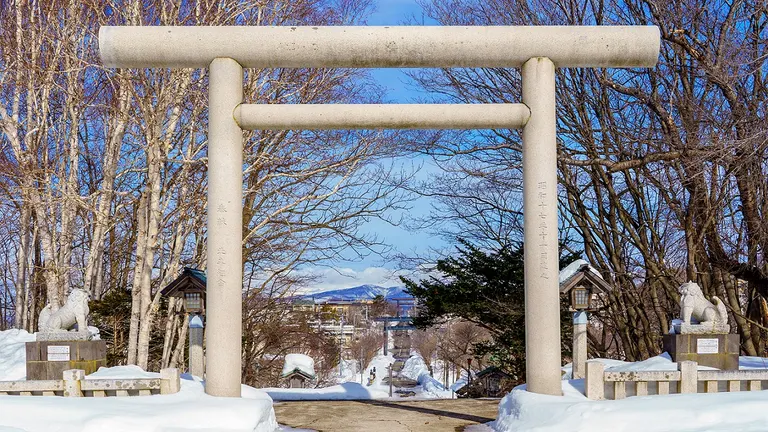
By the way, during cherry blossom season, a pink arch is created, making you feel very festive just by walking along the approach to the shrine.
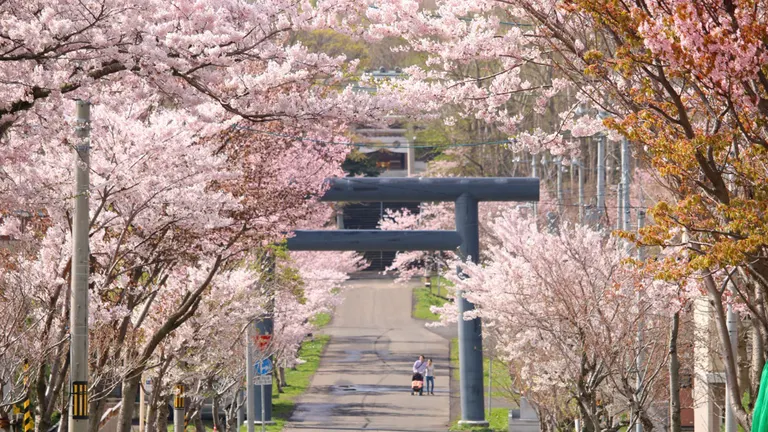
Photo courtesy of Iwanai Shrine
The deities enshrined at Iwanai Shrine are Emperor Ojin, Ichikishimahime, and Ukemochi. It is said to have begun in 1789 (Kansei 1) when Ichikishimahime was enshrined, and in 1862 (Bunkyu 2) by order of the Hakodate Magistrate's Office, Emperor Ojin was enshrined there and the shrine was named Hachiman Shrine. In 1898 (Meiji 31), the shrine was renamed Iwanai Shrine, and in 1928 (Showa 3), it was designated a prefectural shrine, and in 2019 (Reiwa 1), it celebrated its 230th anniversary of worship.
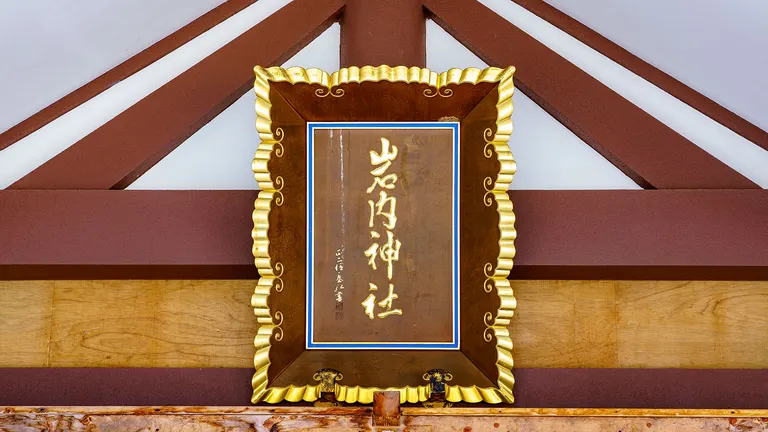
You can learn more about the history of Iwanai Shrine at the historical museum, which is located inside the shrine office, so if you're interested, just ask to see it.
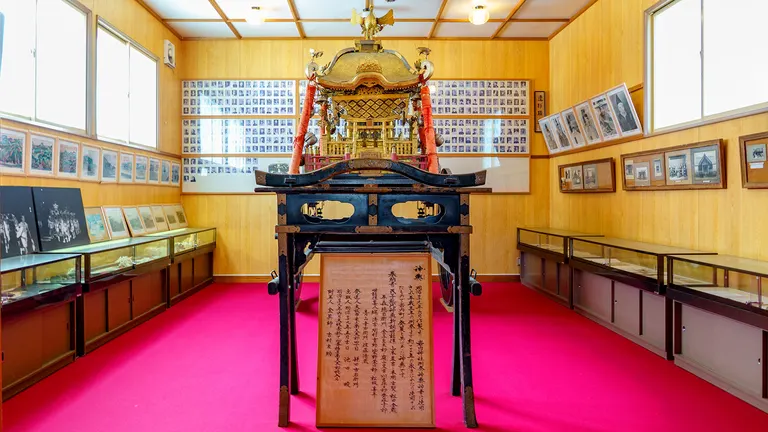
Incidentally, the portable shrine enshrined in the center of the museum was made in 1896 (Meiji 29) and was used in the annual festival for about 100 years afterwards. It is truly a portable shrine that has grown alongside the development of Iwanai Town.
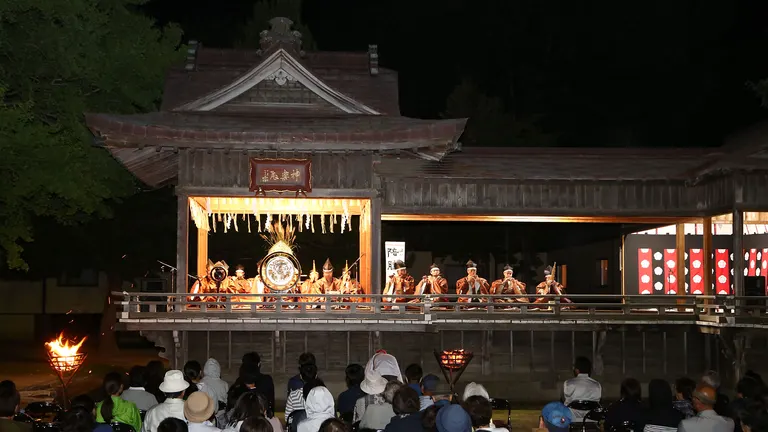
Photo courtesy of Iwanai Shrine
In addition to the main hall, there is also a magnificent Kagura hall on the grounds. It is used as a stage for Kagura and Gagaku performances dedicated to the gods, and is said to be "the place where the gods reside."
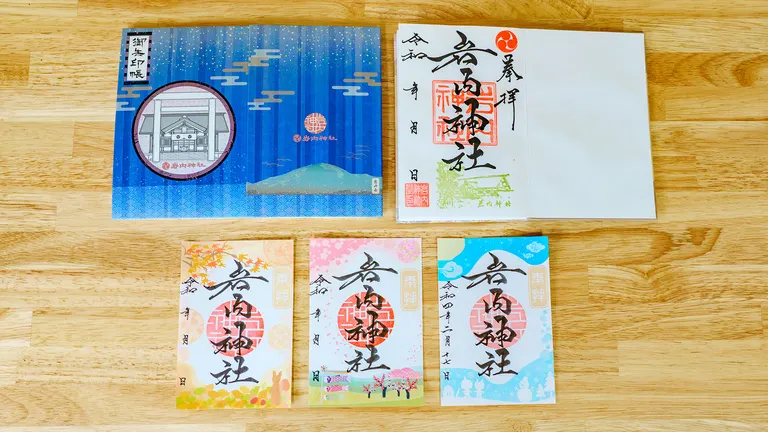
Recently, more and more people are collecting goshuin stamps, and Iwanai Shrine has a goshuin stamp that changes every month. The one on the top right of the photo is the regular design. The bottom three are monthly designs, from the left: November, May, and February. This is fun! You'll definitely want to collect all the stamps for all the months.
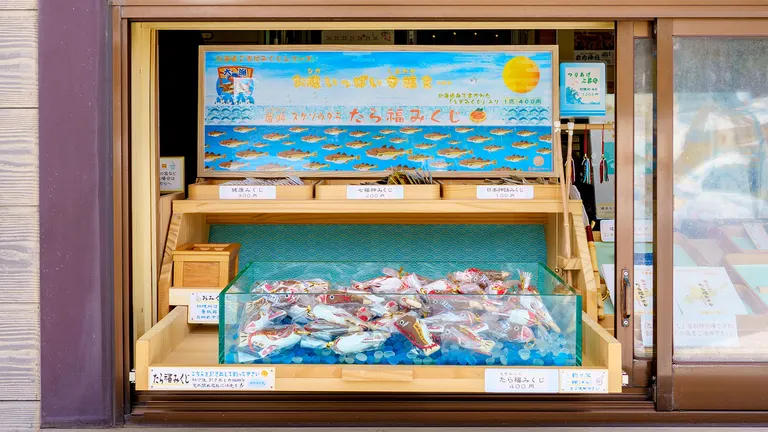
Another fun thing about visiting the shrine is the fortune telling slips. At Iwanai Shrine, you can find Ezo Mikuji. Ezo Mikuji is part of the "Hokkaido Local Fortune Telling Series," and is a series of entertaining fortune telling slips with motifs of local specialties from each region.
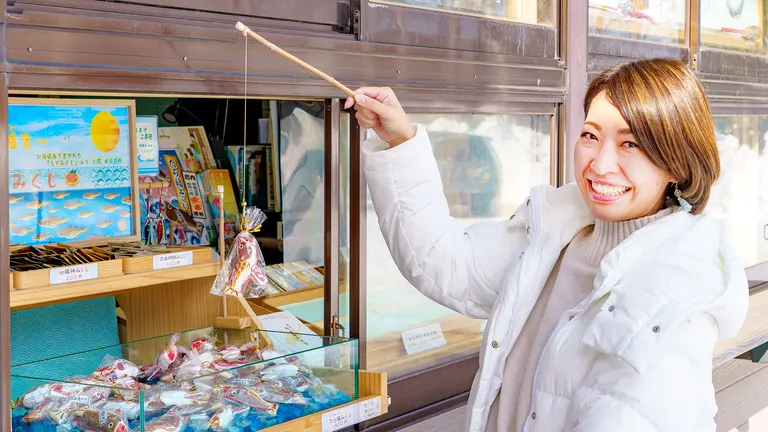
At Iwanai Shrine, the omikuji are hung up like this using a pole. Just drawing the fortune slip is exciting! Here is what it looks like after it's been hung up.
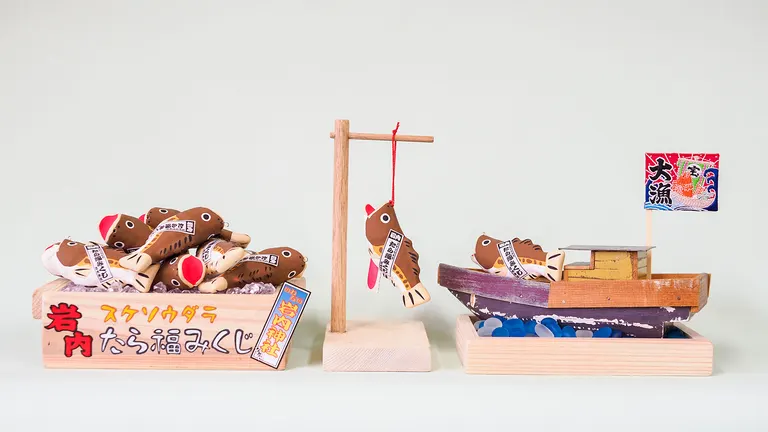
Photo courtesy of Iwanai Shrine
The Ezo fortune at Iwanai Shrine is a cute "Tara Fuku fortune" made of Alaska pollock paper mache. The point is that the fortune is made of cod roe. By the way, the words on the fortune are written in Hokkaido dialect, which is also interesting.
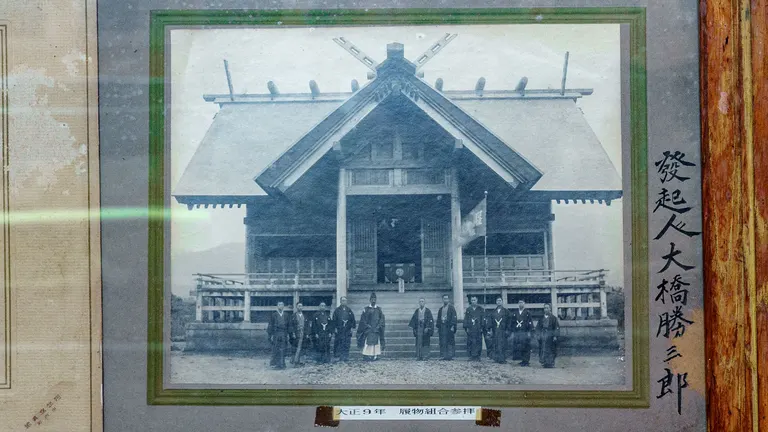
Iwanai Shrine moved to its current location in 1920 (Taisho 9). Since then, it has been watching over the town of Iwanai and recording its history. While incorporating modern elements such as fun goshuin stamps and Ezo mikuji fortune telling, it will likely continue to be a source of spiritual support for the local people.
<Iwanai Shrine> Address: 41 Miyazono, Iwanai-cho, Iwanai-gun, Hokkaido Phone: 0135-62-0143 Official website: https://www.iwanai-jinja.com (Model: Yui Fukuhira)Writer Profile
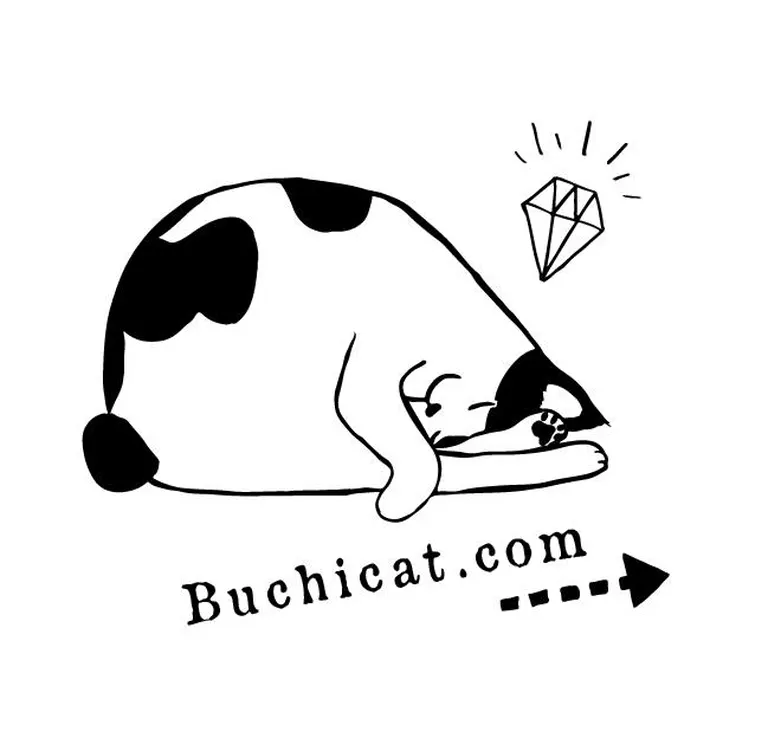 Hokkaido Tourism Camera Writer
Team Buchineko
Hokkaido Tourism Camera Writer
Team Buchineko
Team Buchi Neko has many connections to Hokkaido's tourist spots and facilities. There are many wonderful resources in Hokkaido that we take for granted when we live there. We will spread the word about the charms of this wonderful place.






